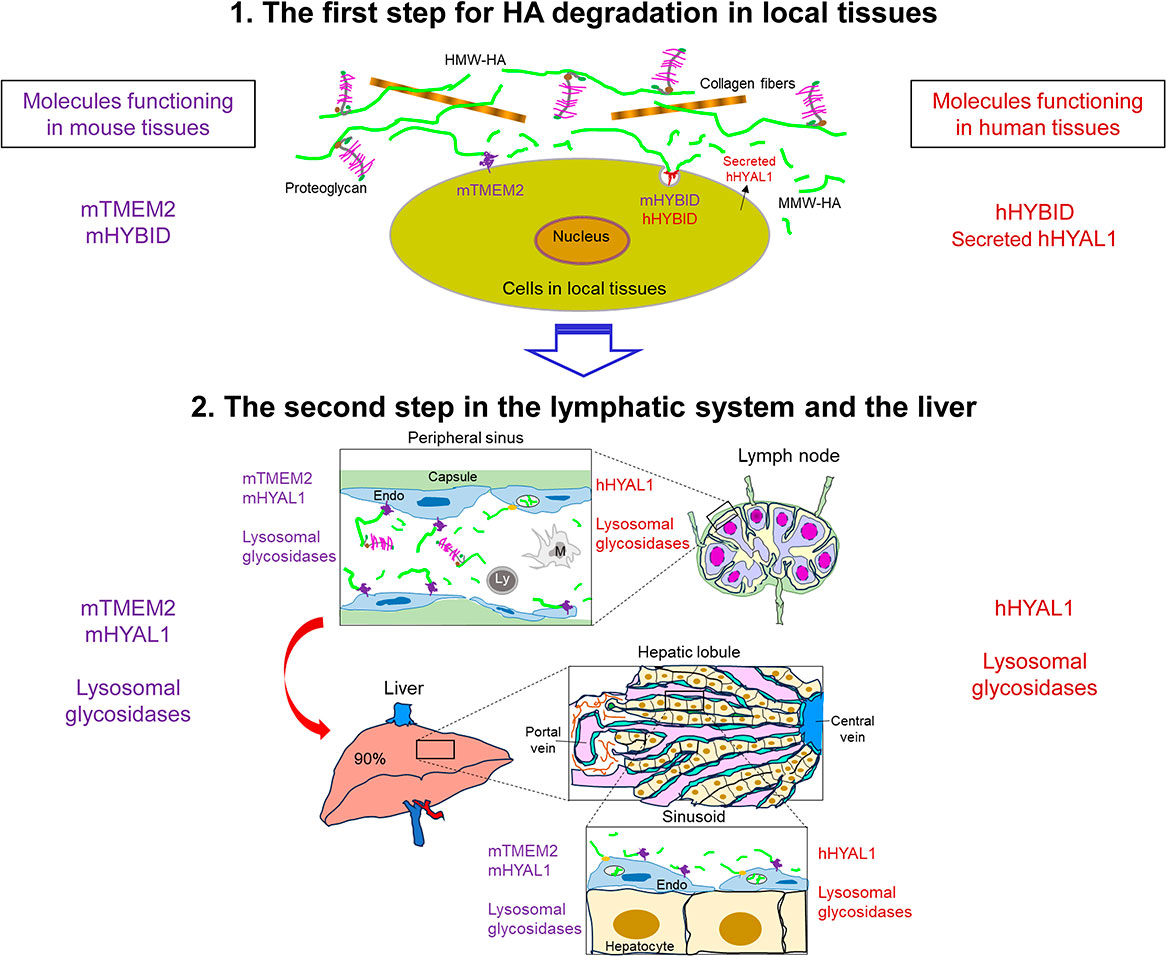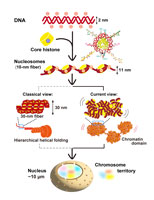Vol. 101 No. 6 (2025)
Reviews
-
New molecules indispensable for hyaluronan degradation, HYBID (CEMIP/KIAA1199) and TMEM2 (CEMIP2): Differential roles in physiological and pathological non-neoplastic conditionsHiroyuki YOSHIDA, Shintaro INOUE and Yasunori OKADAVolume 101 Issue 6 Pages 317-338
-
The shifting paradigm of chromatin structure: from the 30-nm chromatin fiber to liquid-like organizationKazuhiro MAESHIMAVolume 101 Issue 6 Pages 339-356
Original Article
-
f4-statistics-based ancestry profiling and convolutional neural network phenotyping shed new light on the structure of genetic and spike shape diversity in Aegilops tauschii Coss.Yoshihiro KOYAMA, Mizuki NASU and Yoshihiro MATSUOKAVolume 101 Issue 6 Pages 357-370
Correction
-
Correction to “Dynamics of the nucleoside diphosphate kinase protein DYNAMO2 correlates with the changes in the global GTP level during the cell cycle of Cyanidioschyzon merolae”Yuuta IMOTO, Yuichi ABE, Kanji OKUMOTO, Mio OHNUMA, Haruko KUROIWA, Tsuneyoshi KUROIWA and Yukio FUJIKI







